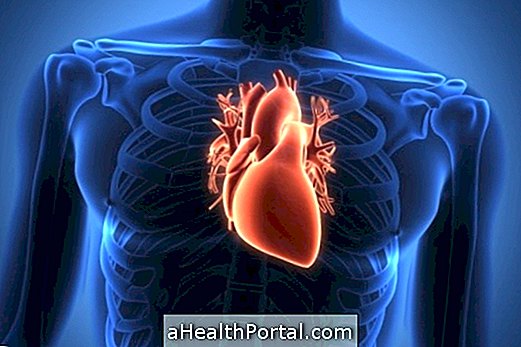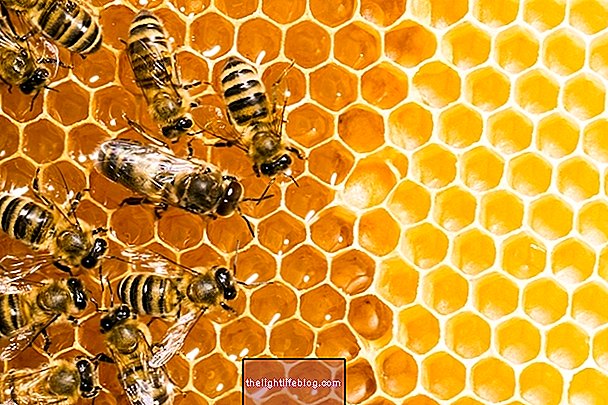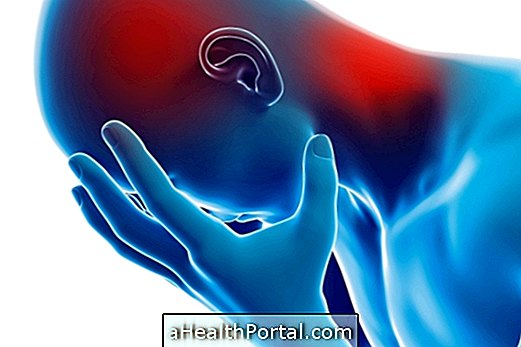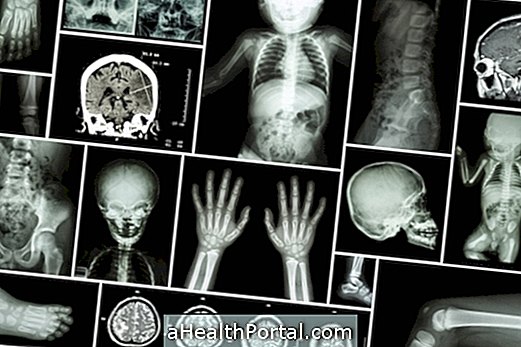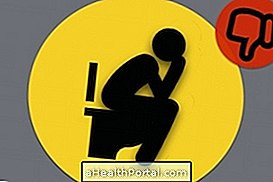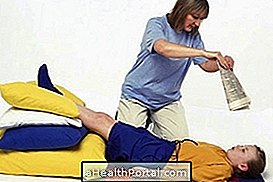Symptoms of allergy arise when the body comes in contact with a harmless substance, such as dust, pollen, milk protein or egg, but which the immune system regards as dangerous, producing an exaggerated response.
In general, allergy causes strong symptoms such as itching, redness in the hair, swelling in the mouth and shortness of breath, while food intolerance causes less severe symptoms such as belly pain and diarrhea. Depending on the location and the substance that caused the allergy, the symptoms may vary, making it more difficult to identify their cause.
Symptoms of food allergy
The symptoms of food allergy arise after ingesting allergenic foods such as strawberries, clams, peanuts, milk or groves, for example, and include:
- Tingling or itching in the mouth;
- Itchy skin, reddish and asparagus;
- Swelling and itching of the neck, lips, face, or tongue;
- Abdominal pain;
- Diarrhea, feeling sick or vomiting;
- Hoarseness
In more severe cases, or when treatment is not started as soon as possible, the patient may develop symptoms of anaphylaxis, which is a serious condition that has to be treated in the hospital and which includes symptoms such as difficulty breathing, swelling in the throat, sudden drop in pressure or fainting. Here's how to differentiate the allergy from food intolerance.
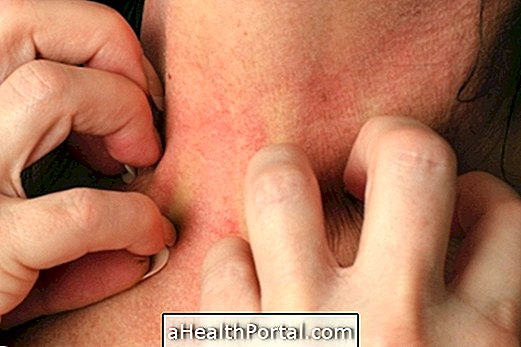
Symptoms of skin allergy
Skin allergy symptoms are common in weakened immune systems, allergies to medications, or infectious diseases, and usually include the appearance of polka dot urticaria, itching, redness, and swelling of the skin.
Generally, these symptoms are caused by direct contact with substances such as perfumes, nickel, enamels or latex, but can also be caused by the release of histamine from a respiratory or food allergy.
To relieve skin allergy symptoms, you should wash the area with hypoallergenic soap and water, apply a moisturizing cream, and take an antihistamine such as Hixizine or Hydroxyzine prescribed by your doctor. However, in cases that take time to pass, it is recommended to consult a dermatologist, as it may be necessary to take allergy medicine. See more on How to Identify and Treat Skin Allergy.
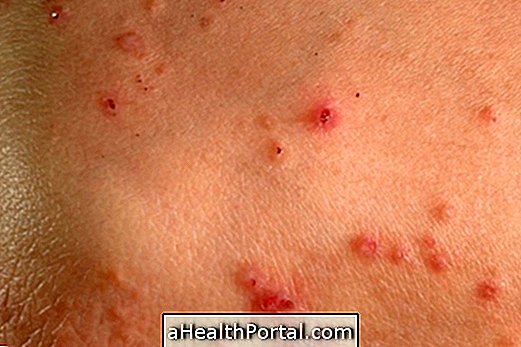
Symptoms of respiratory allergy
The symptoms of respiratory allergy usually affect the nose, throat and skin, arising:
- Nasal discharge, stuffy nose;
- Itchy nose;
- Constant sneezing;
- Red nose;
- Dry cough and shortness of breath;
- Redness in the eyes and watery eyes;
- Headaches.
Respiratory allergy may occur when the airways come into contact with substances such as dust, mold or that of cats or other animals, and should be treated in the hospital with the use of breathing-enhancing medicines such as Salbutamol or Fenoterol.
Respiratory allergy does not cause asthma, but may aggravate the condition of an asthmatic patient. In such cases, the patient should use the pump prescribed by the doctor and take an antihistamine to reduce allergy symptoms.
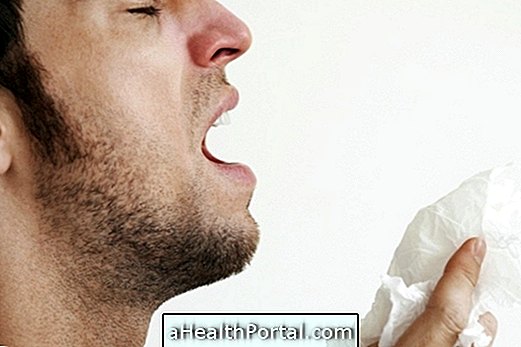
Allergy to medicines
Allergy to medication causes symptoms similar to other types of allergy, such as the appearance of red berries on the skin, itching, hives, swelling, asthma, rhinitis, diarrhea, headache and intestinal colic.
These symptoms come with the onset of drug use, and they improve when the treatment is stopped. After identifying a drug that caused an allergic reaction, it is important to always tell the doctor the name before any treatment or surgery to prevent the problem from recurring.
See the symptoms of other allergy types and how to treat them in:
- Allergy in the baby
- Allergy to enamel
- Homemade Allergy Remedy
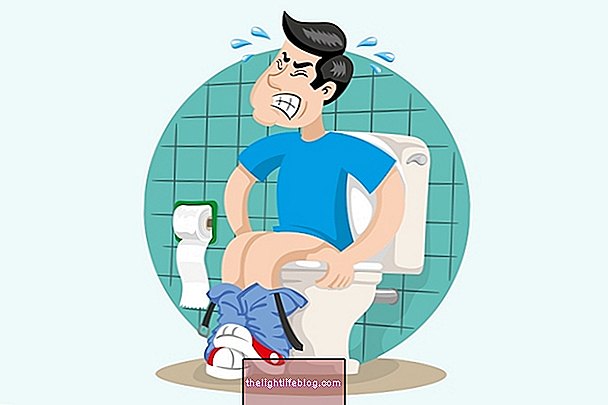
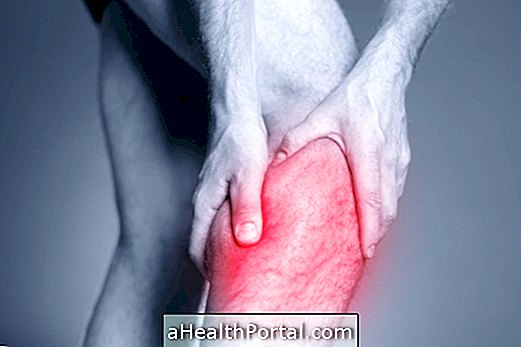

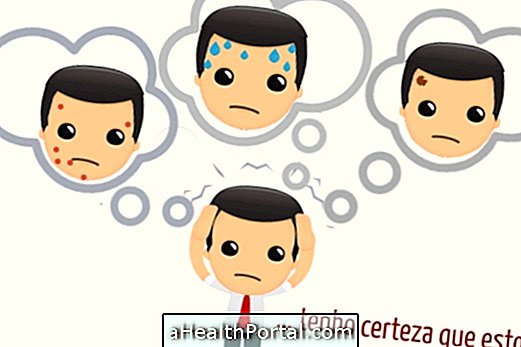
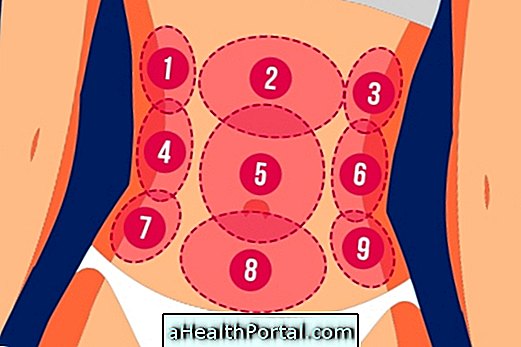
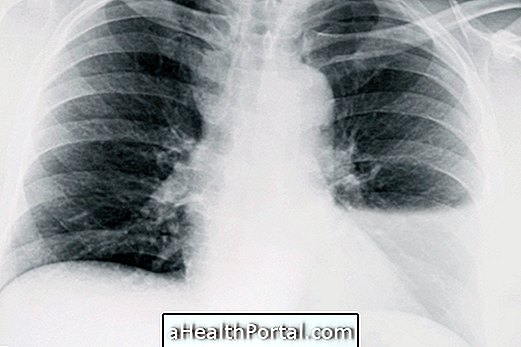


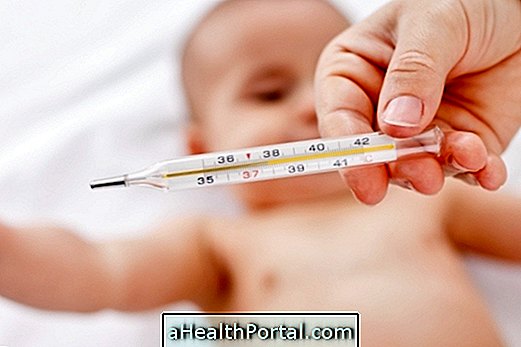
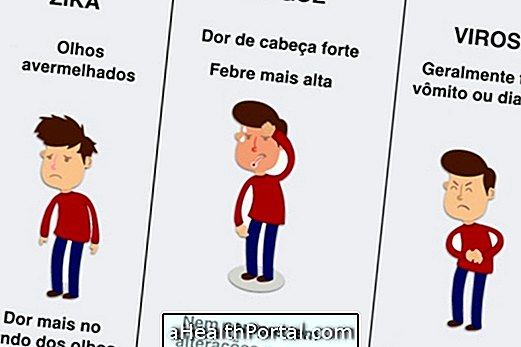

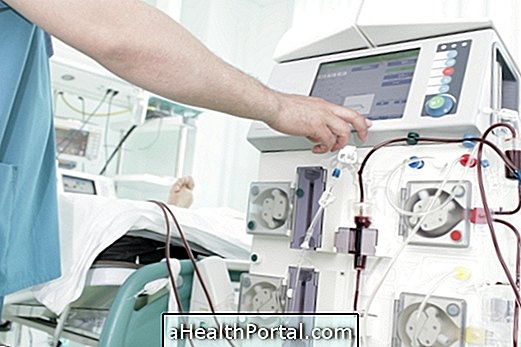
-o-que--sintomas-e-tratamento.jpg)
